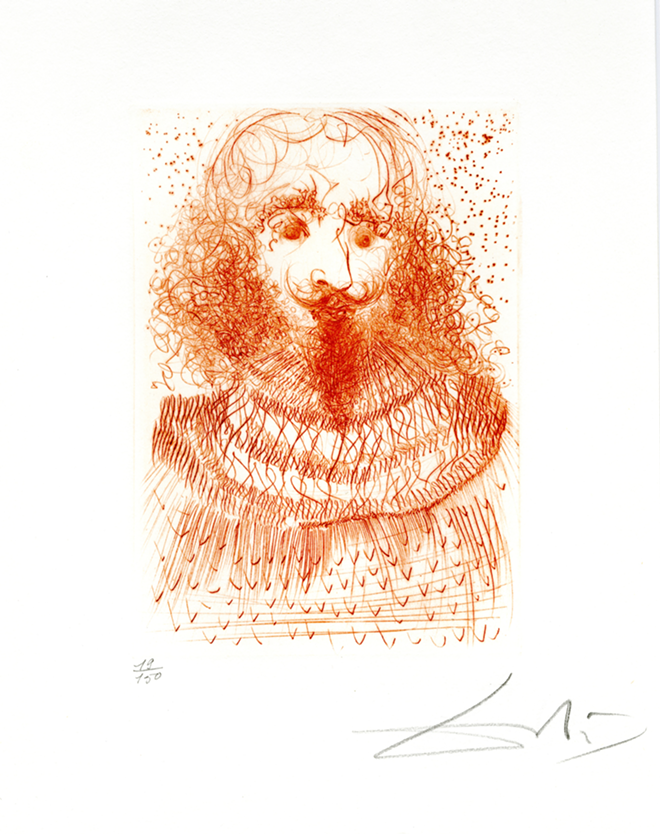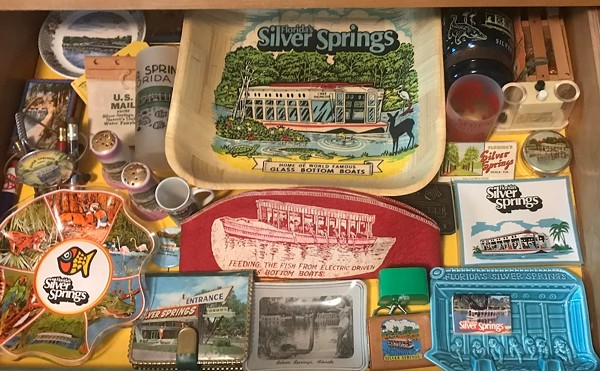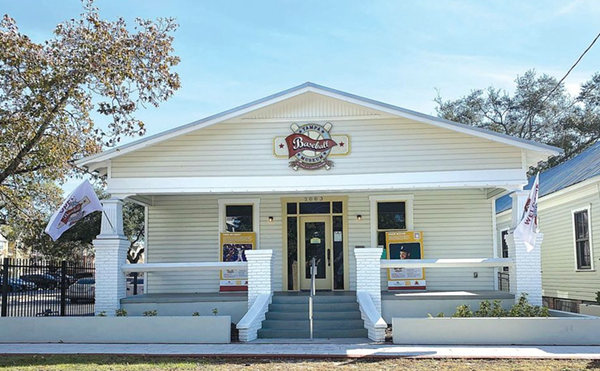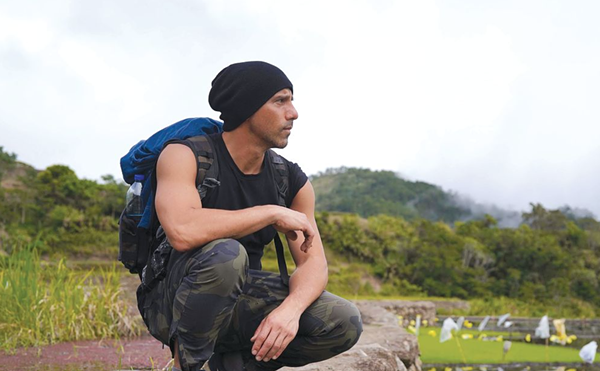
By the estimation of literary critic Harold Bloom, William Shakespeare didn’t merely invent some of the most memorable characters ever birthed into literature or compose some of the most heartbreaking and insightful verses ever written in English — the poet and playwright may actually have crafted the literary models of character and ethics by which we live our modern lives.
It’s a heady idea — maybe even extravagant praise that takes itself too seriously — but one that begins to seem likely when you consider how plentiful and how diverse a corpus of artists (not to mention readers) has been inspired by Shakespeare, and keeps on being inspired by him, in the nearly 450 years since his birth. The list includes composers (Beethoven, Shostakovich, Prokofiev and Tchaikovsky, to name a few), visual artists (William Blake, Eugene Delacroix, J.M.W. Turner and a slew of Romantic painters) and film directors (Laurence Olivier, Franco Zeffirelli and Kenneth Branagh, just to scratch the surface).
So when the Florida Orchestra went looking for local collaborators to help create a Shakespeare-themed festival around its upcoming concert of Tchaikovsky’s Shakespearean overtures, it’s little surprise that willing participants emerged from all corners of the arts: theater, visual art, music and film. Through January, the Pinellas-based Shakespeare Festival — a co-production of TFO, American Stage Theatre Company, the Dalí Museum, the Mahaffey Theater, The Studio@620, Sunscreen Film Festival, St. Petersburg College School of Music and the USF School of Music — continues with choral concerts, film screenings and interdisciplinary orchestral and theatrical performances. (The festival officially began on Jan. 3, but the bulk of its offerings remain to be seen.)
Perhaps the most unexpected component is an exhibition devoted to Salvador Dalí’s Shakespeare-inspired engravings and illustrations for book editions of Macbeth and As You Like It. The connection between the 20th century surrealist, who was a prolific writer as well as a visual artist, and the 16th century bard came as a surprise to the festival’s organizers — “We googled Dalí and Shakespeare” before approaching the museum, explains TFO marketing director Sherry Powell — but Dalí was often asked to illustrate books and developed bodies of work in response to Don Quixote and the Bible as well as Shakespearean plays, says Dalí Museum curator Joan Kropf.
The two suites of engravings featured in the exhibition — “Much Ado About Shakespeare” (1968) and “Shakespeare II” (1971) —entered the Dalí’s collection as part of the founding donation by A. Reynolds and Eleanor Morse that established the museum. Because Dalí was already well-known by the time of their creation, the prints may have been produced in part as a way of making affordable works by Dalí available to the art market. Each suite consists of 15 or 16 drypoint engravings (to make them, Dalí drew directly onto a copper plate with a pen-like stylus, then an expert printmaker printed the images on fine paper with color inks) of a scene or character inspired by a Shakespearean play. To what degree the engravings reflect the free response of Dalí’s imagination versus a publisher’s requests isn’t clear, Kropf says, but the artist’s long-held interest in Shakespeare is.
The first and most dramatic expression of that interest on display in the exhibition is a 1946 Doubleday edition of Macbeth, with haunting illustrations by Dalí. His two-faced Lady Macbeth, whose tight ringlets of hair frame a bulbous furrowed brow and crazed eyes, vividly evokes a mind fatally corrupted by ambition and guilt, a beauty corrupted by evil and decay. Fans of Dalí will recognize the motif from other works that feature Janus-like characters or twins like Castor and Pollux, reflecting the artist’s fascination with divided personalities. Several copies of the book are on display along with its slipcase, allowing the museum to showcase another illustration—one of a dazzlingly weird interspecies conglomeration of womanly body parts and bestial heads that represents the play’s witches — and an elaborate title page decorated with intertwined letters.
By comparison, a 1953 edition of As You Like It published by the Folio Society of London and illustrated with Dalí’s costume and set designs for a 1949 staging directed by Luchino Visconti in Rome seems like airy stuff — appropriately so, given the comparatively lighthearted cross-dressing antics of the comedy. (Dalí’s concepts included having elephants on stilts roam the Forest of Arden, where the play is set.) The engravings share that more ethereal, flights-of-fancy tenor, offering such treats as a profile view of Julius Caesar with a Dalíean ant inching across his square jawline and a portrait of an ass-headed Puck in repose.
In all, the exhibition is a small but lovely one, furnishing the pleasure of the unconventional juxtaposition of Dalí’s distinctive style with Shakespeare’s familiar characters. Its modest scale is in keeping with the “stone soup” nature of the festival as a whole — none of the participating organizations undertook a major change in programming to participate, instead simply bringing to the table an event or two based on what their current budget would allow. The cornerstone event, TFO’s performance of Tchaikovsky’s Romeo and Juliet and Hamlet and The Tempest-inspired overtures, accompanied by scenes from the plays presented by actors from American Stage, marks the conclusion of the festival during the last weekend in January. (The lineup did not include a complete theatrical production of one of Shakespeare’s plays.)
While it’s too early to say whether TFO will pursue making the Shakespeare fest a regular event, Powell says, the marketing director has been encouraged by the willingness of local arts organizations to join forces. Even if the orchestra never mounts another monthlong salute to the Bard of Avon, the festival may become a model for future programming based on other themes that cross over arts disciplines.
“I think it’s pretty ripe for the beginning of some significant festival collaboration,” she says.


















